
Alcohol is absorbed from the stomach and intestines, and less than 10% of the absorbed alcohol is excreted through breath, sweat and urine
READ MORE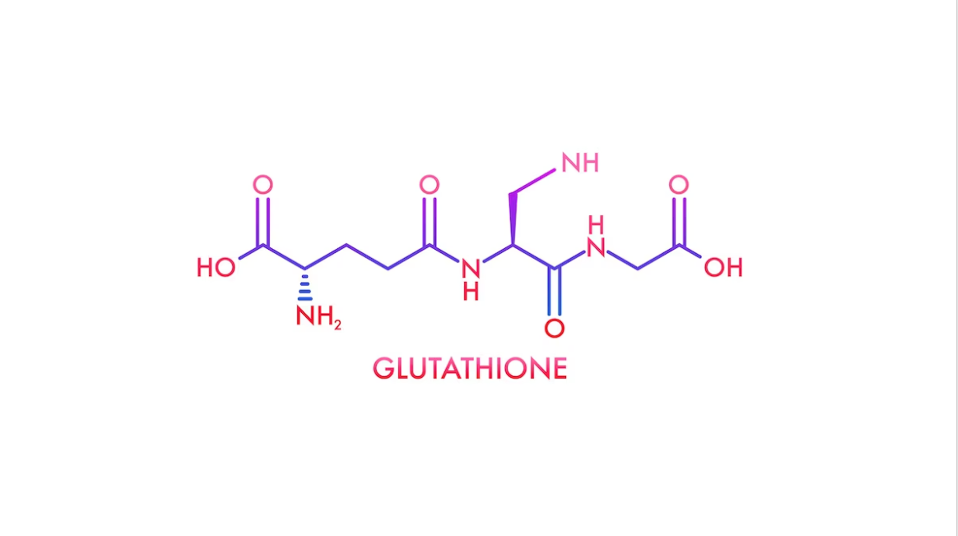
Glutathione-S-Transferase (GST) enzymes conjugate substrates with glutathione
READ MORE
UGT enzymes are a superfamily of enzymes that metabolize a wide variety of lipophilic molecules such as bilirubin, steroids, toxins, and drugs
READ MORE
NFE2L2/Nrf2 is key to regulating the body's detoxification and antioxidant system
READ MORE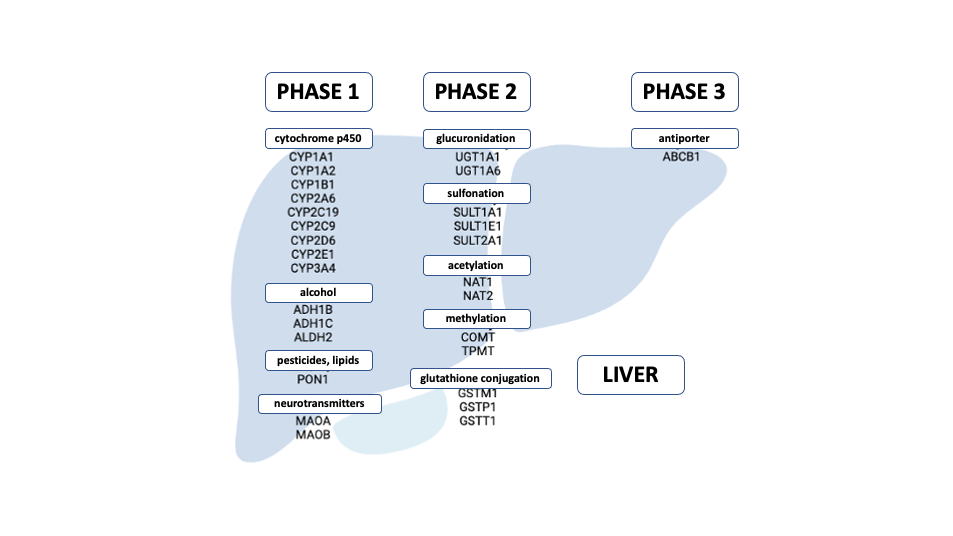
NAT, class of enzymes is responsible for the transfer of an acetyl group to convert aromatic amines or hydrazines into aromatic amides and hydrazides
READ MORE
The NQO1 enzyme is found in humans and is encoded by the NQO1 gene
READ MORE
'Warfarin', a coumarin anticoagulant, is widely used in the prevention and treatment of various thromboembolic diseases
READ MORE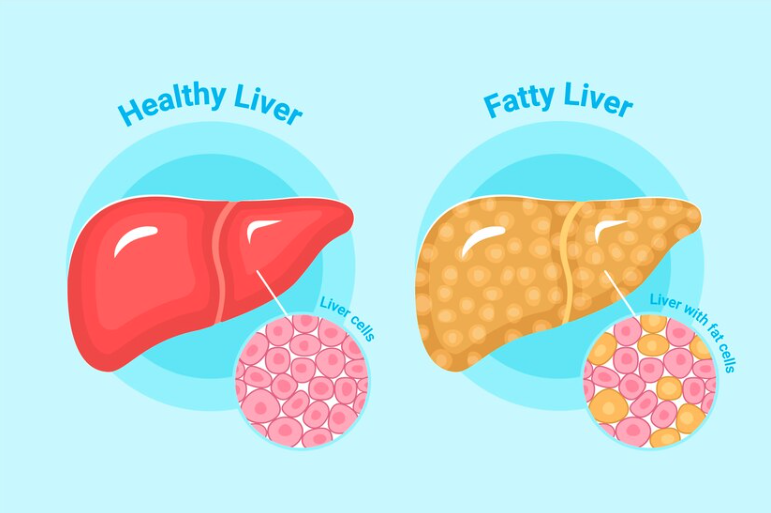
Non-alcoholic fatty liver disease (NAFLD) is linked to obesity, insulin resistance and metabolic syndromes
READ MORE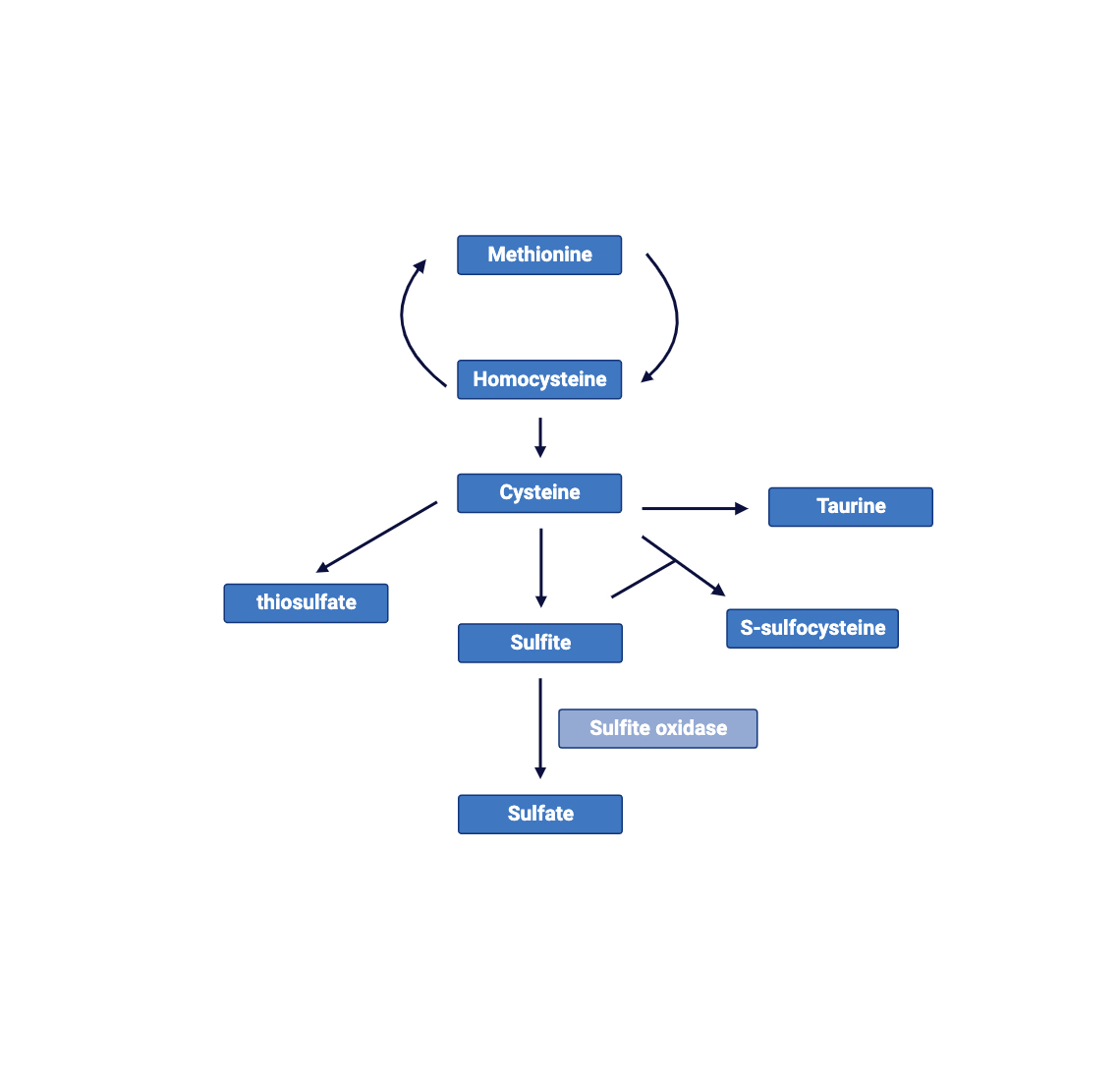
Molybdenum, an essential trace element for microorganisms, plants and animals, was discovered in 1778
READ MORE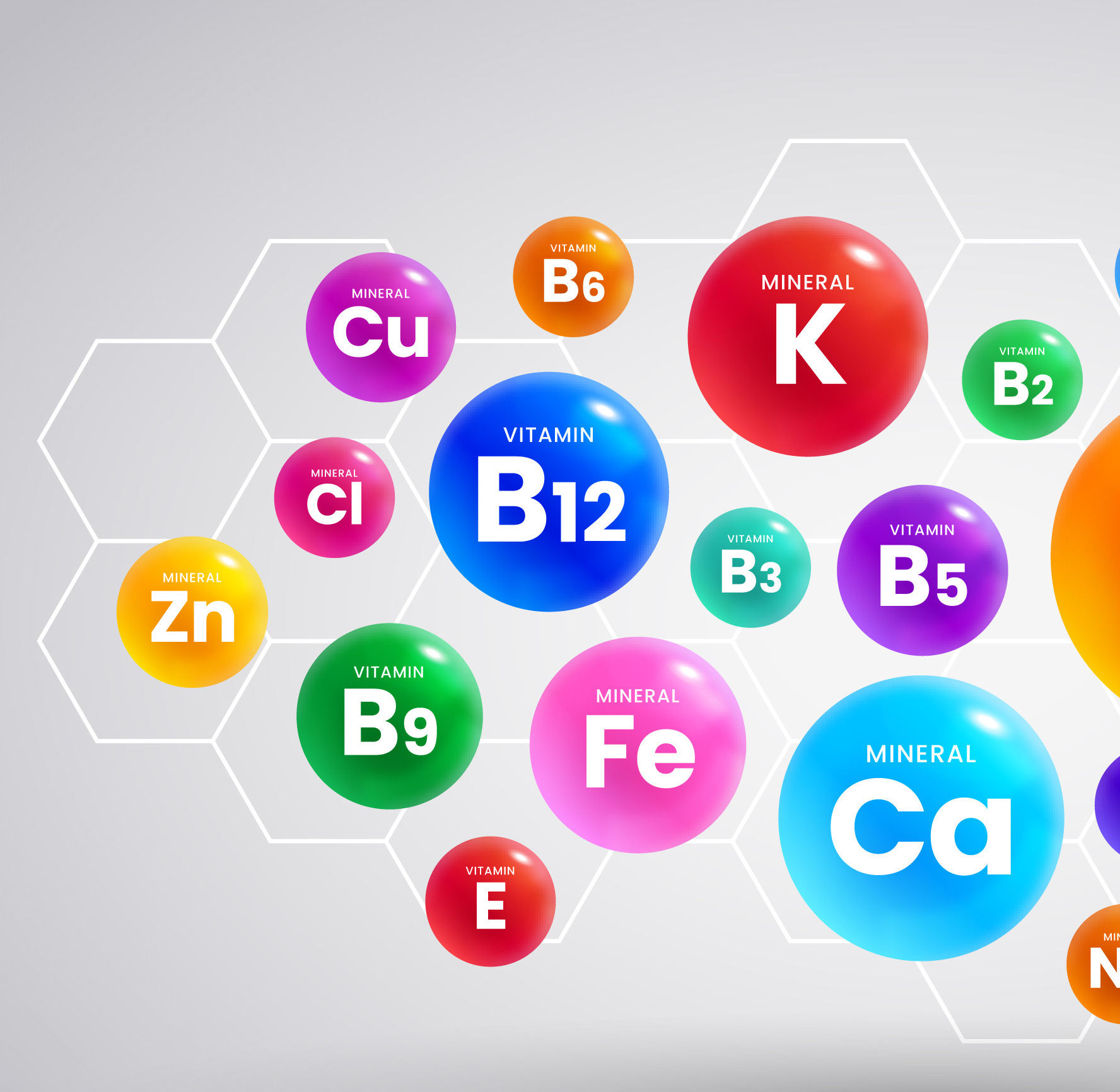
Vitamin B12, also known as cobalamin, is an important water-soluble micronutrient that must be taken by humans to maintain health
READ MORE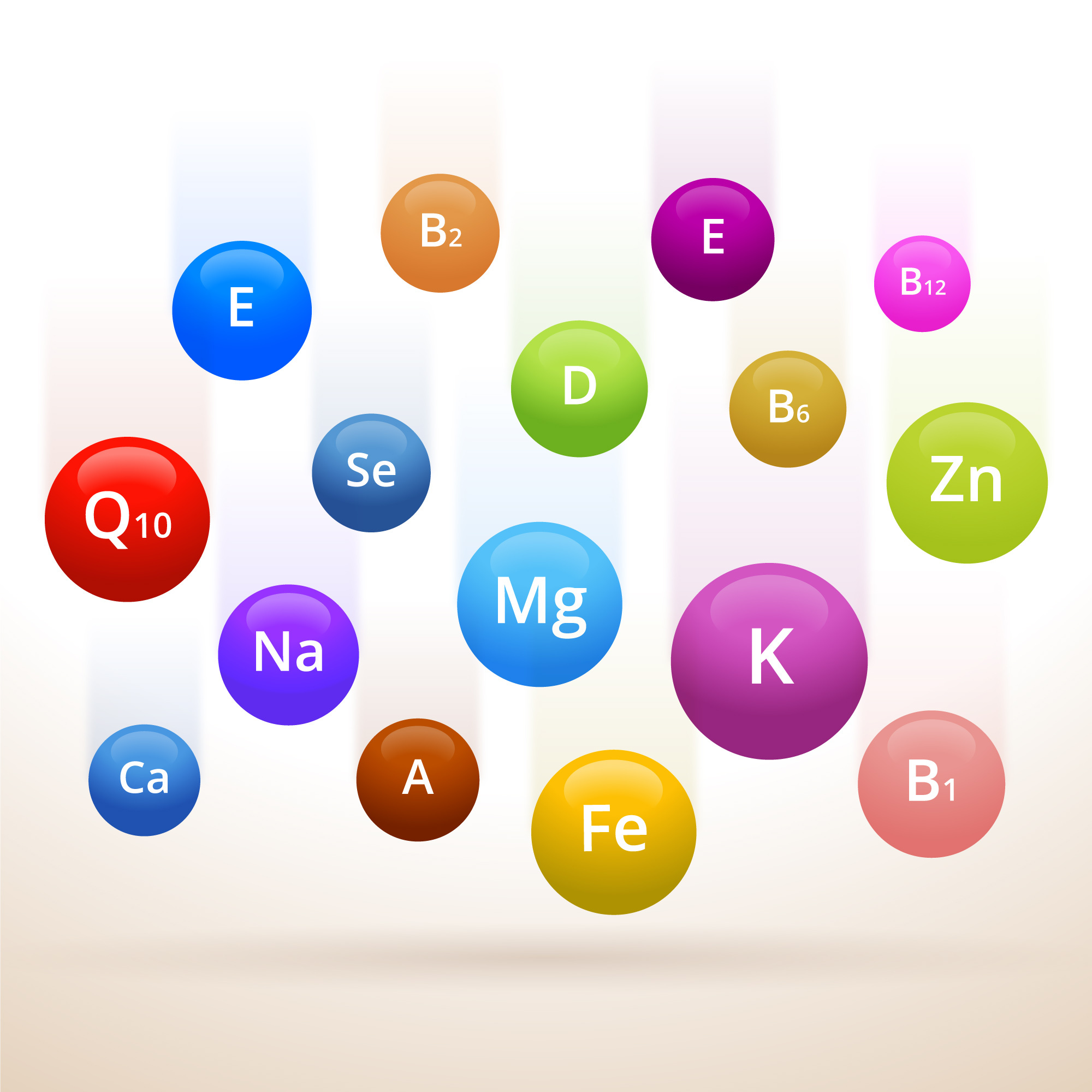
Selenium (Se), exists in two forms: "selenomethionine" in plant tissues and "selenocysteine" in animal tissues
READ MORE
Vitamin B2 (riboflavin) is a water-soluble vitamin and is heat stable
READ MORE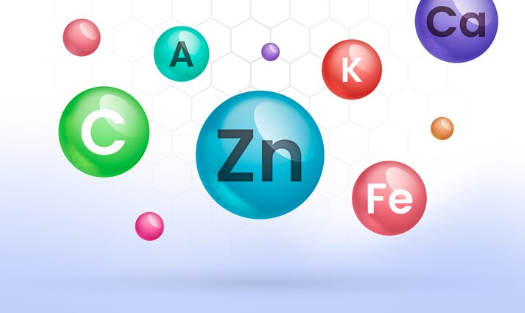
Zinc (Zn), an essential mineral for the organism, it has functions in carbohydrate, protein, lipid, nucleic acid, gene expression
READ MORE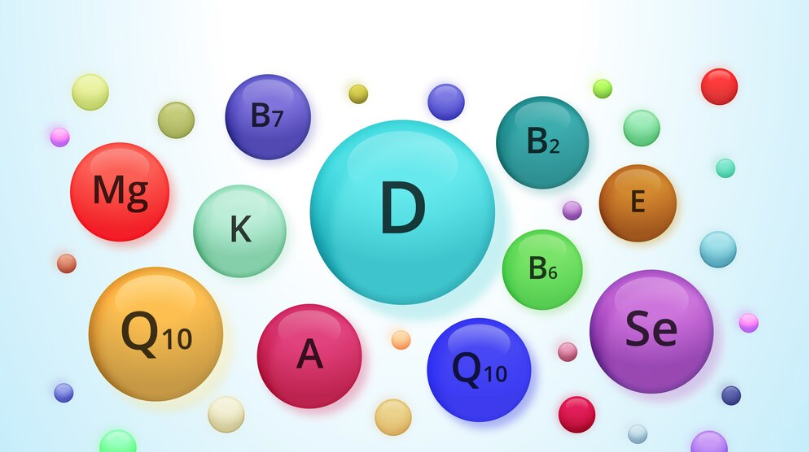
Vitamin D affects calcium and phosphate levels in our body and is responsible for bone health
READ MORE
Vitamin K is a fat-soluble vitamin that is necessary for the function of many proteins involved in blood clotting
READ MORE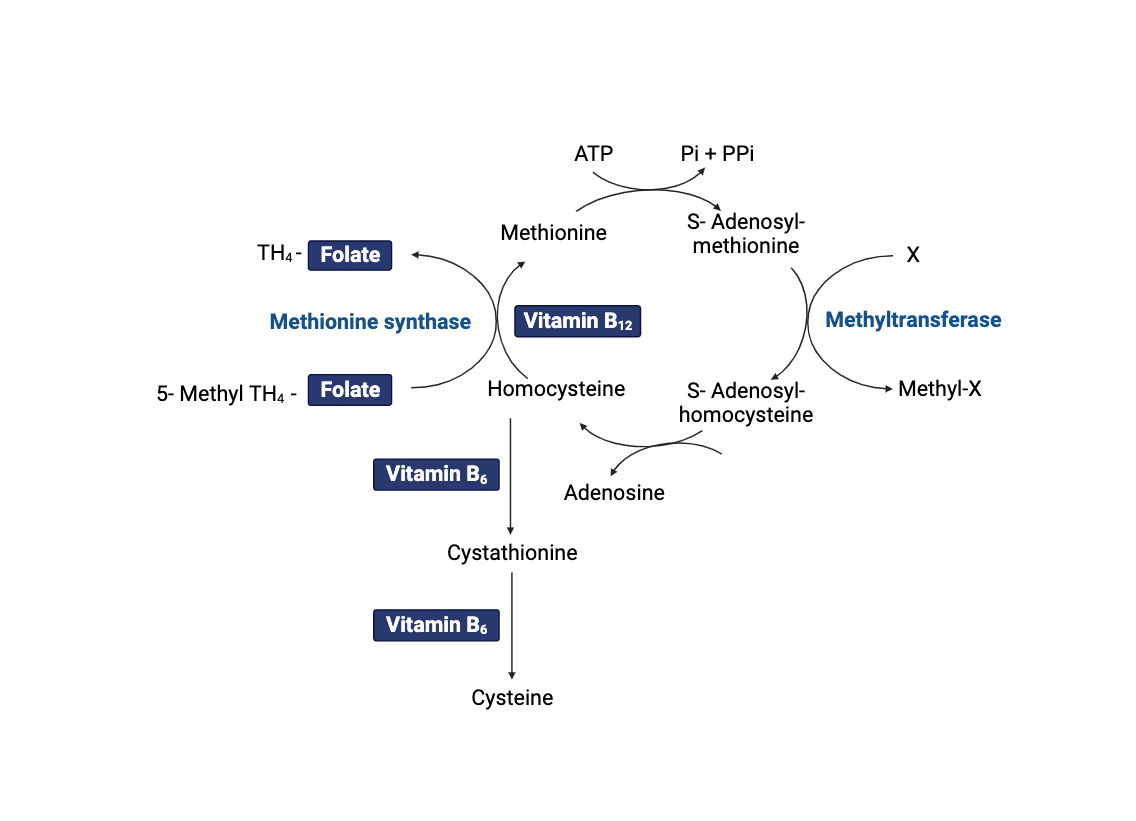
DNA methylation constitutes an important component of the epigenetic network
READ MORE
Humans cannot synthesize L-ascorbic acid (vitamin C). As a result, L-ascorbic acid must be obtained from dietary sources
READ MORE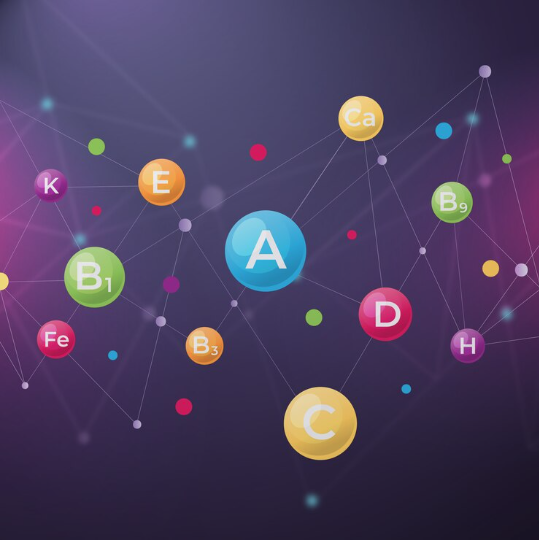
Vitamin A (all-trans-retinol) is essential for mammalian vision, reproduction, immune functions, and cell differentiation
READ MORE
Celiac disease (CD) is a common, inherited, chronic inflammatory condition of the small intestine triggered by gluten proteins found in wheat, barley
READ MORE
Functional foods enriched with plant sterols are mentioned as cholesterol-lowering agents in guidelines for the treatment of dyslipidemia
READ MORE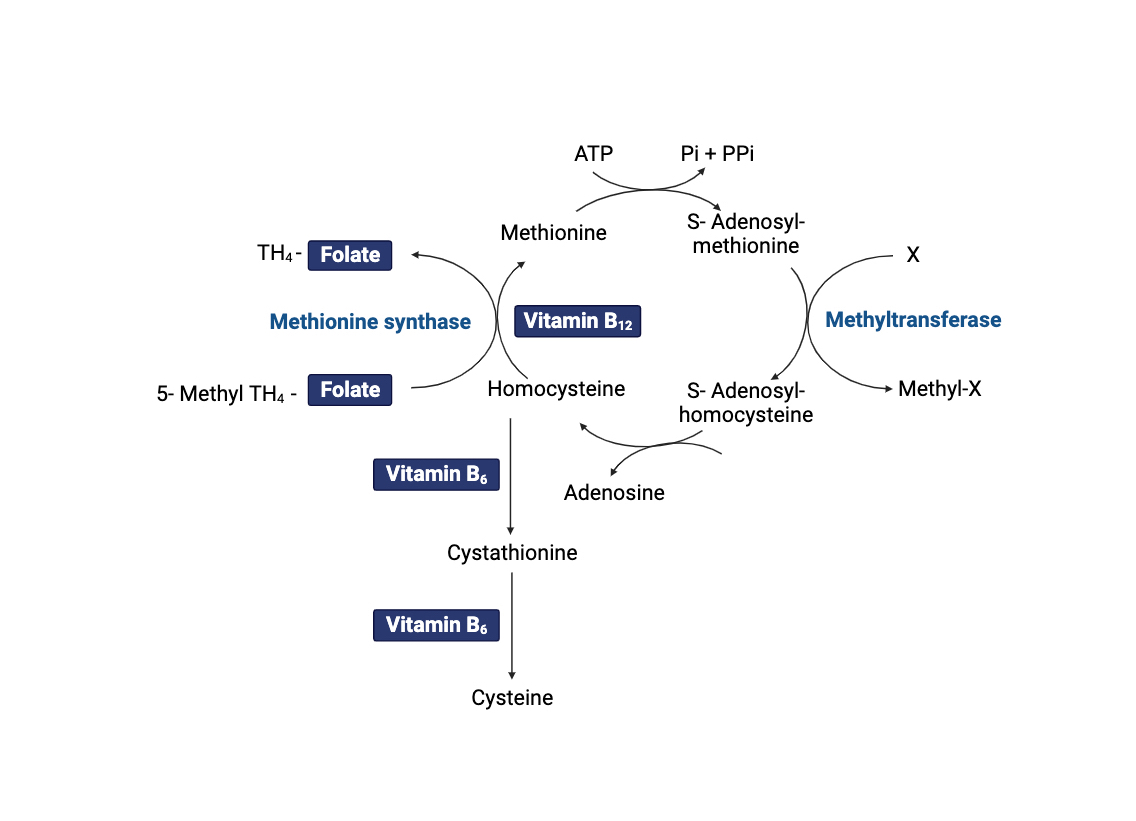
CBS, vitamin B6-dependent enzyme that converts homocysteine to serine and cystathionine
READ MORE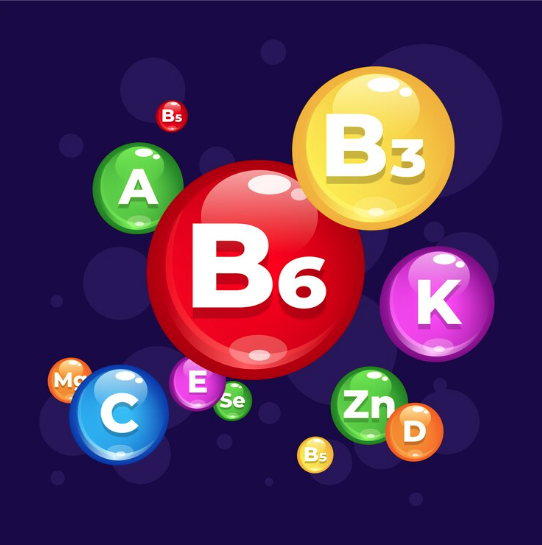
Vitamin B6 is a coenzyme that plays a critical role in many biochemical and physiological processes in the human body
READ MORE
Vitamin B9 is represented by the folate group, whose structure is derived from folic acid
READ MORE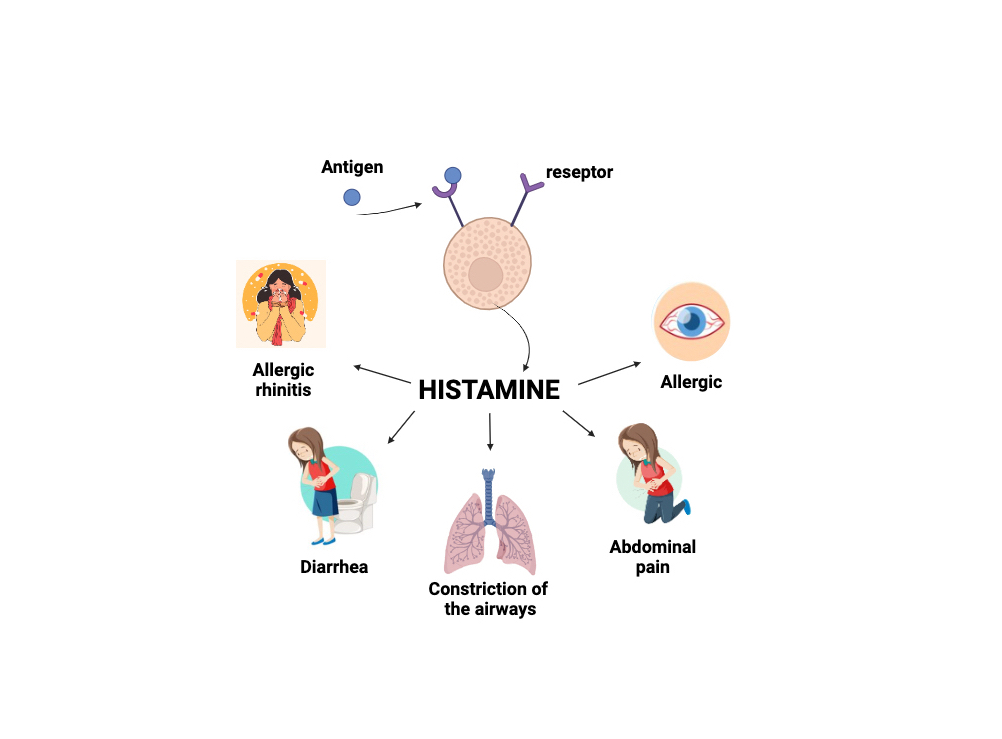
Histamine is a biogenic amine synthesized by l-histidine decarboxylase (HDC) containing pyridoxal phosphate (vitamin B6) from the amino acid histidine
READ MORE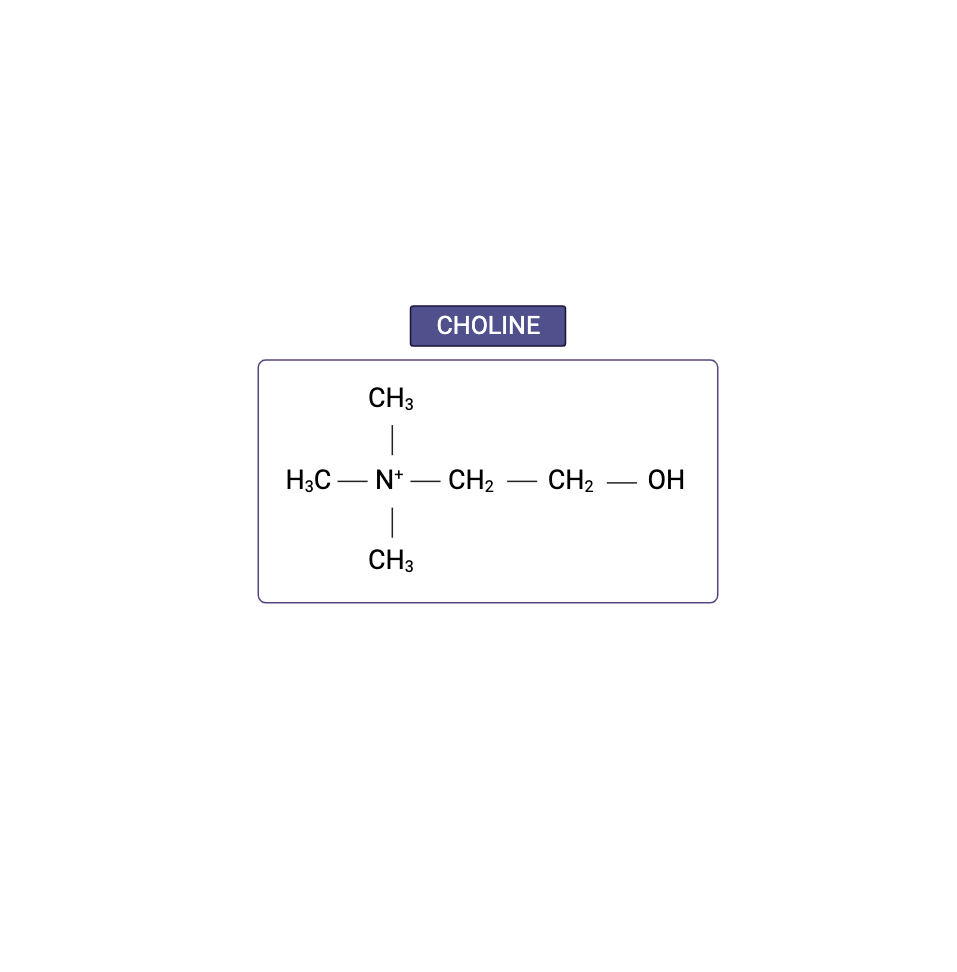
Choline is an essential nutrient required for the structural integrity of cell membranes and signaling functions, methyl group metabolism
READ MORE
Polyunsaturated fatty acids (PUFA) are fatty acids with multiple desaturations in the aliphatic tail
READ MORE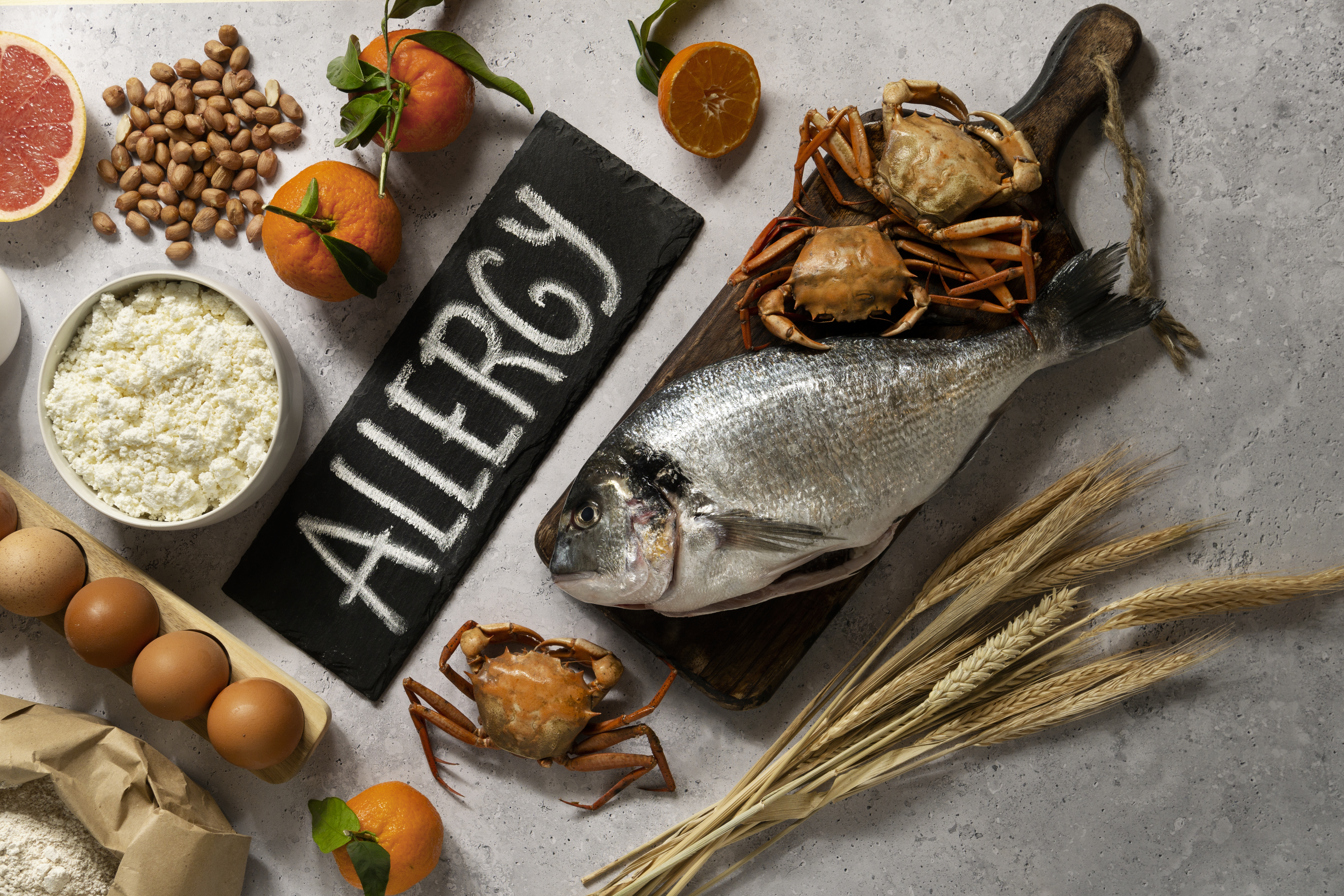
Food allergy is defined as unexpected effects that occur in the body after oral ingestion of food/food additives,triggered by immunological mechanisms
READ MORE
Lactose intolerance generally occurs due to impaired production of the lactase-phlorizin hydrolase (LPH) enzyme in intestinal epithelial cells.
READ MORE
Caffeine, a xanthine alkaloid compound, is widely consumed by humans as it is present in many normal beverages such as tea, coffee, soda drinks
READ MORE
We know that the foods we eat can have either a harmful or beneficial effect on our bodies.
READ MORE